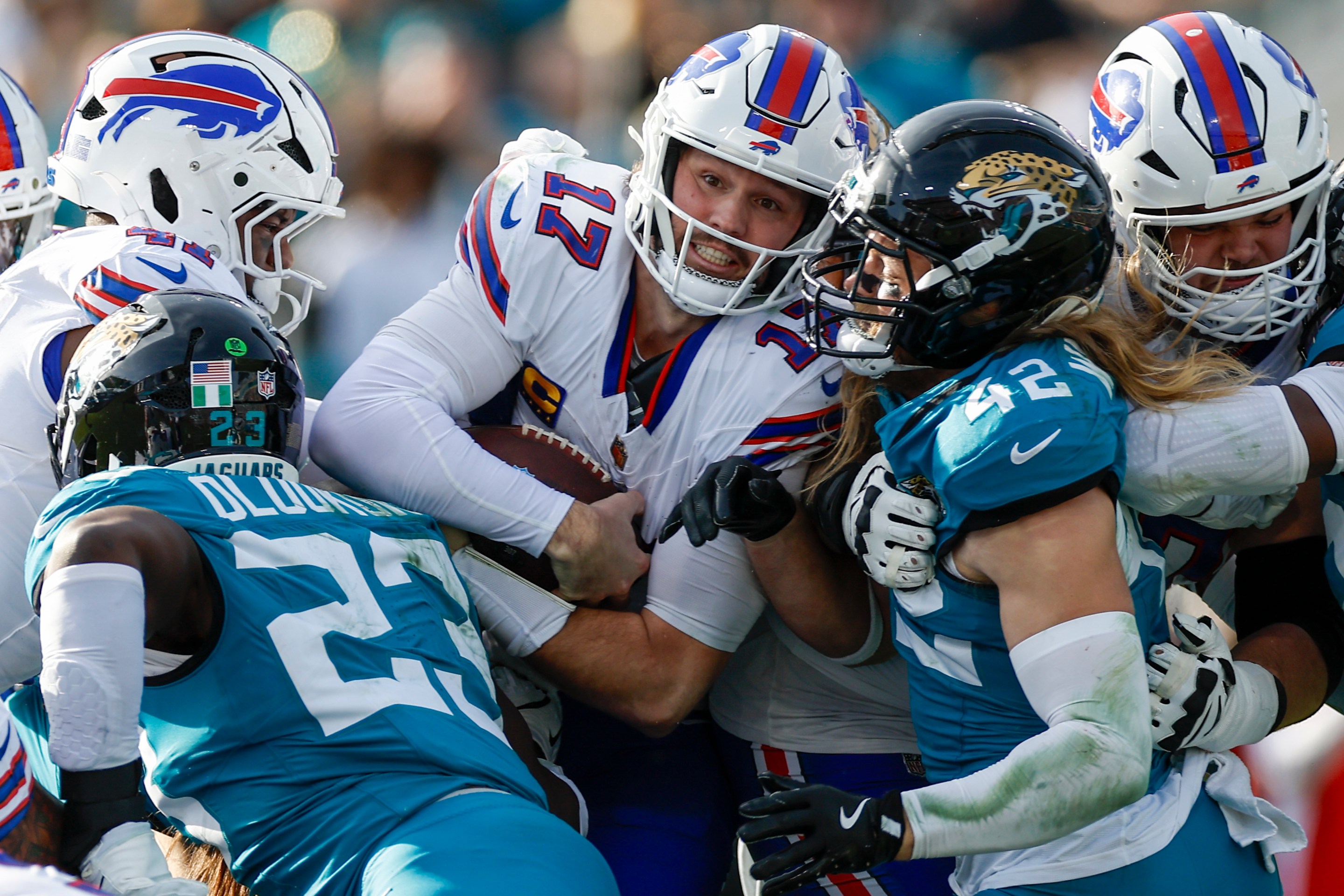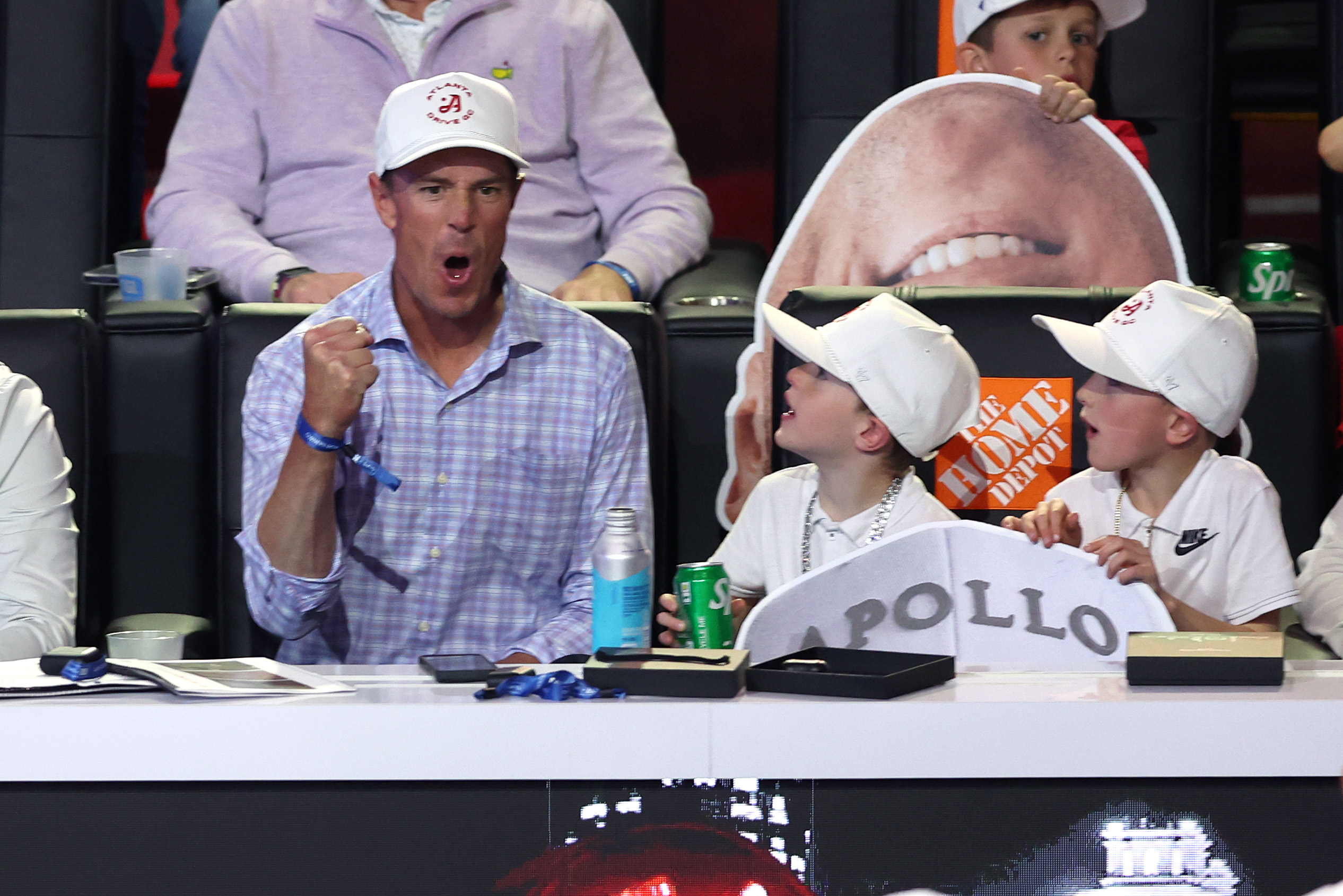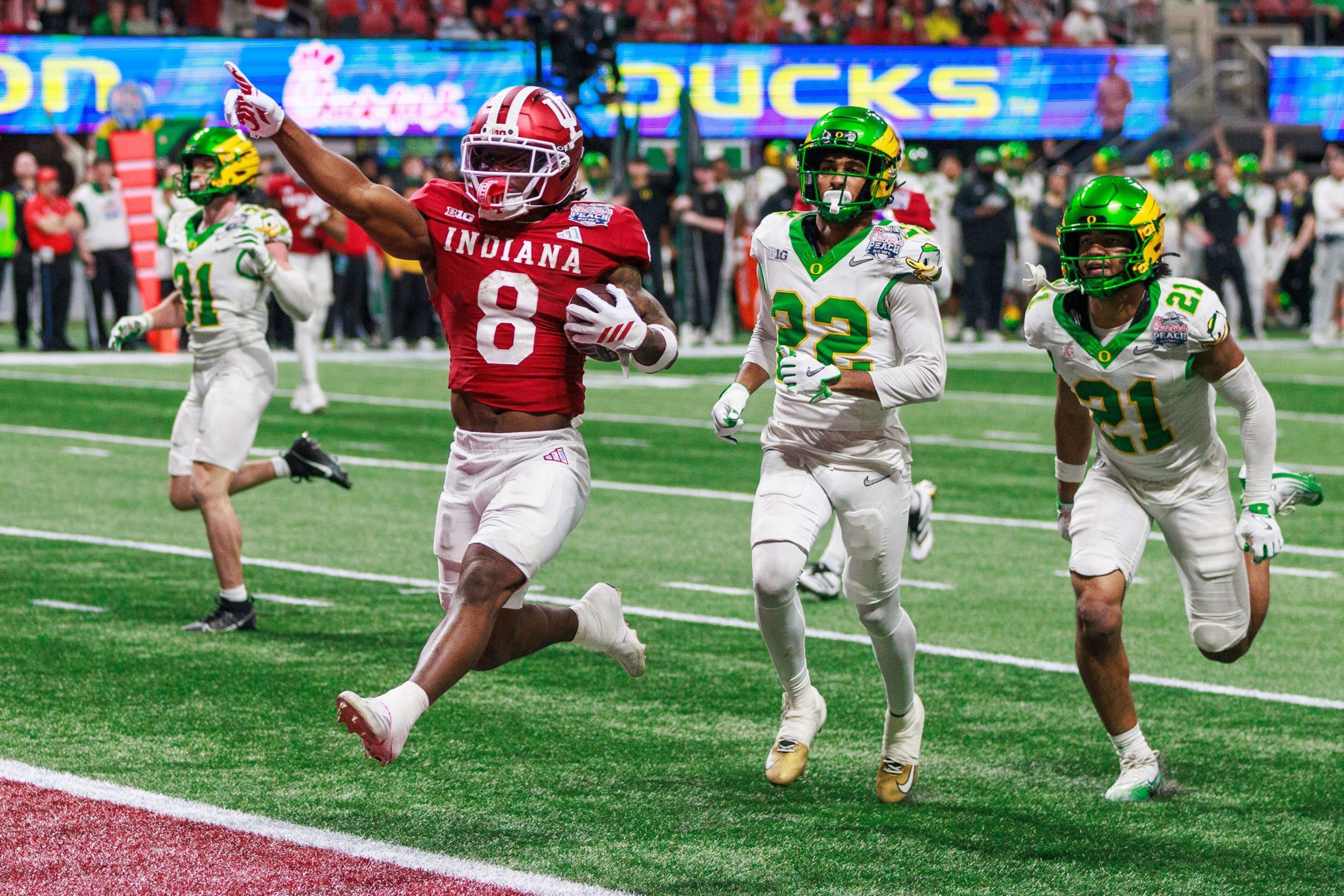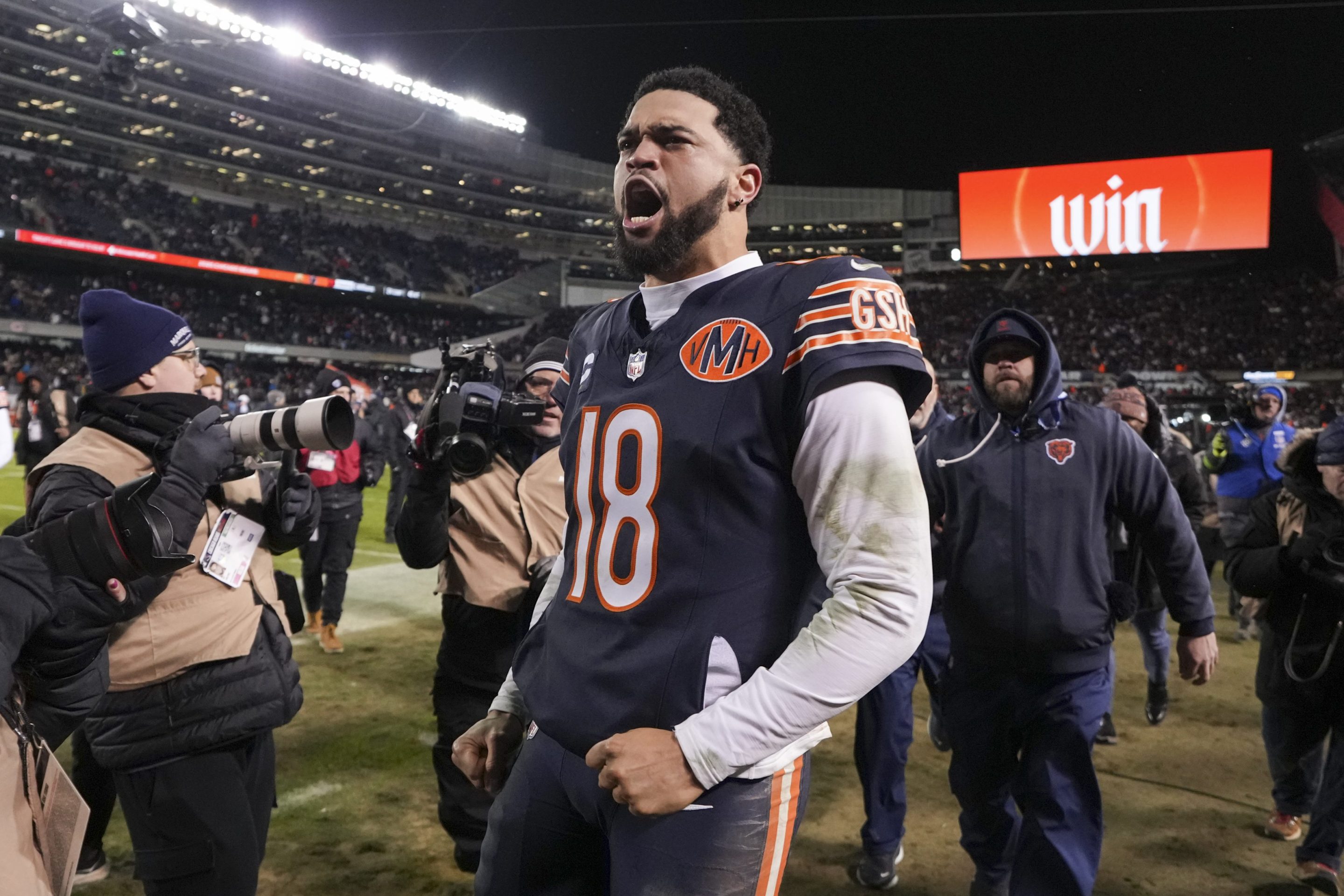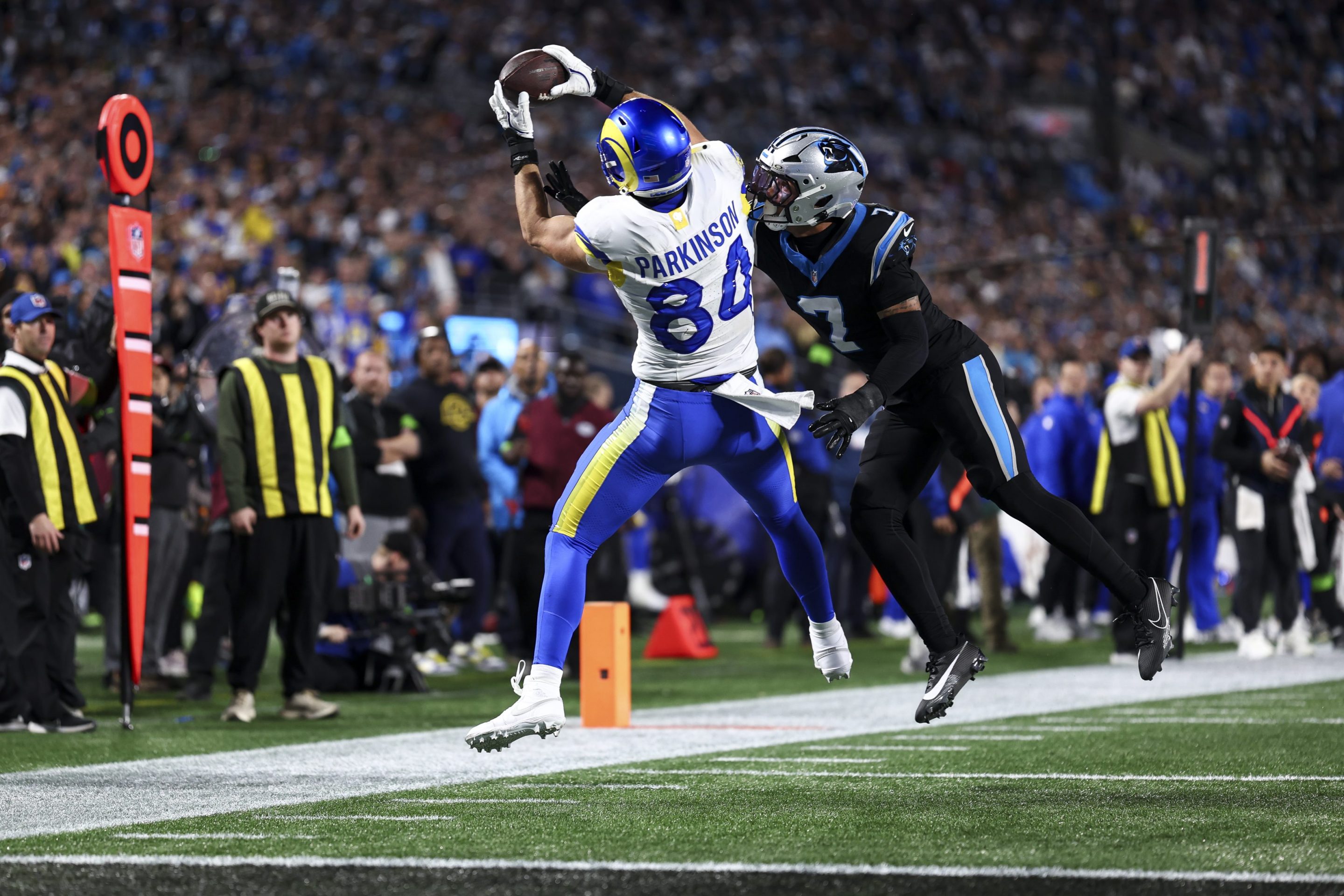The crowd at the U.S. Open is loud, quite drunk, and immune to shame. These are defining, double-edged qualities, but often they act in service of the tennis and juice the entertainment value, both in person and on TV. In Serena Williams's final matches, the ear-splitting enthusiasm was the ideal environment for the conclusion of her career. And there are more obscure outer-court thrills, like the five-set comeback Hyeon Chung pulled off over Fernando Verdasco on Court 10 in 2019. One impassioned fan spent the home stretch of that match bellowing "Vamos Chuuuung," and I couldn't stop laughing at the fact that he'd chosen the opponent's language to cheer his guy. The idiot was enshrined as one of my favorite Open memories.
After this year's edition of the U.S. Open, it is worth wondering whether we've hit a dire turning point. The crowd is still unthinking, still shameless, still pretty drunk, but now it's 1 million strong, and I'm not sure it really cares all that much about what's happening on court, to the detriment of those who do. Nobody wants to put in the work anymore. These cats aren't hitting the "Vamos Chung" threshold of fan engagement, even if they're matching the BAC.
Tennis has become a victim of its own success in an American context. The sport now enjoys a fresh infusion of young potential stars, and a bump in media visibility, driven by its sudden TikTokification, its quiet infiltration into fashion, a since-cancelled Netflix series, and one horned-up summer movie. The SSENSE Instagram account posts about tennis. Folks who thrive somewhere in the writer-to-influencer gradient post Instagram stories begging brands to invite them into their suites, then dutifully post promotional stories from those suites. People who have never once thought about a racquet are now texting me detailed questions. In an article about the staggering crowds, some fans told the New York Times that they felt the tournament had sold too many grounds passes.
"Tennis Is Hot Now. The U.S. Open Is Bursting At The Seams," read a headline from the Wall Street Journal's men's fashion columnist, atop a piece premised on the notion that tennis is now fashionable and sexy. Those fans descending on Flushing in search of the fashionable and sexy surely were not staying up with me in 2017 to watch Sam Querrey vs. Kevin Anderson close out the night session—a possible nadir for sensuality in this sport—but here we are now, all together, mucking around the same place for two weeks and trying to coexist.
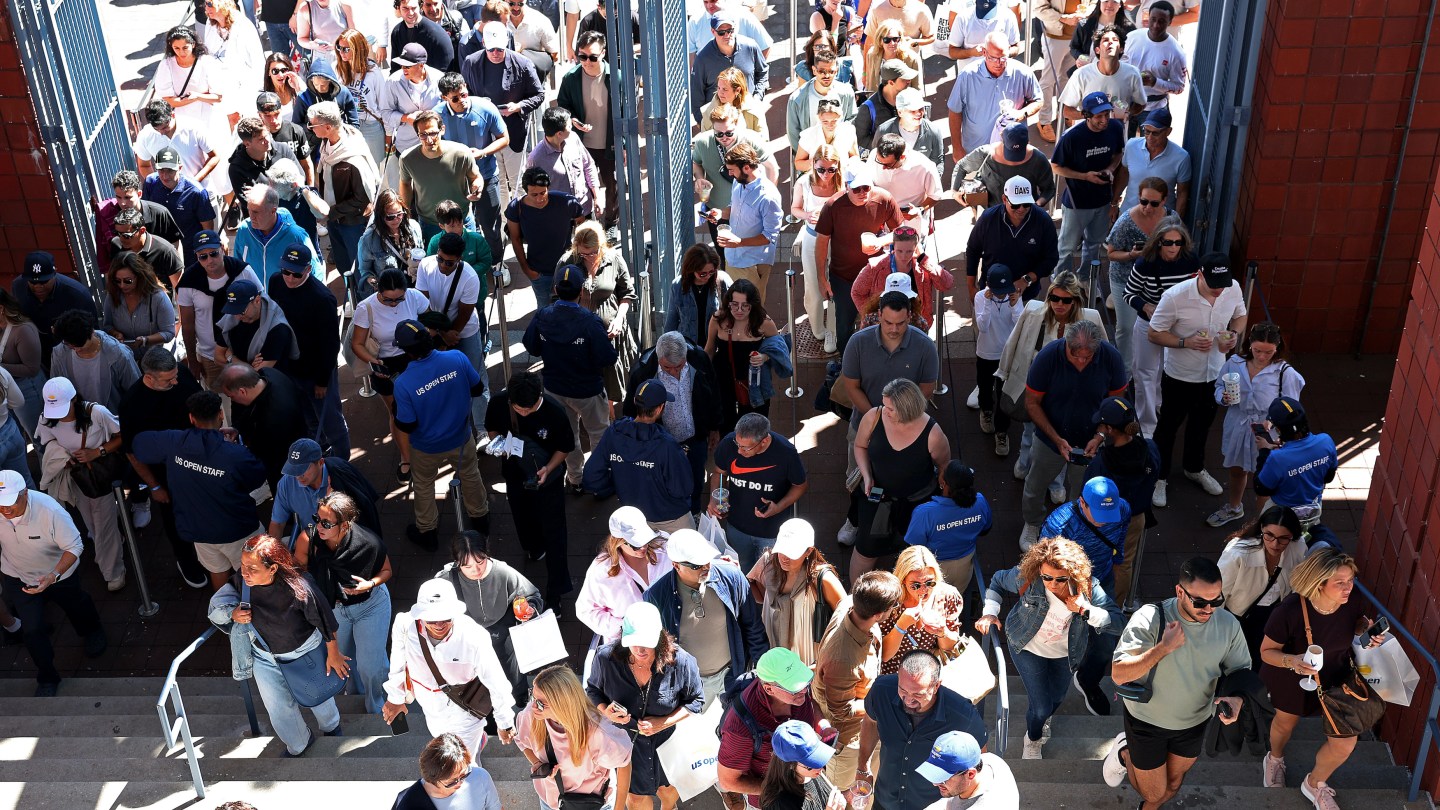
The tournament has always been rather sceney—Anna Wintour's sunglasses are a near-nightly presence—but that aspect is intensifying in palpable and not entirely pleasant ways. Walking around the U.S. Open this year, amid the historically stable mix of private-equity types, tourists making their big pilgrimage, and bridge-and-tunnel tennis hardcores, I spotted a new crop of faces that looked mistily familiar, as if they'd tried to sell me something on an Instagram Reel I'd scrolled past while two-thirds asleep. There were tennis-specific influencers pounding the pavement. Novelty cocktails were rigorously photographed. TikToks were being assembled all around me. The air reeked of brand synergy, and the ghost of Zendaya lurked around every corner.
What is gained from this? Well, a ton of revenue and visibility for the United States Tennis Association, which is successfully turning this event into a colossal spectacle: part sporting event, part nightclub, part corporate retreat. What is lost? Walkability, for one. There are new chokepoints in what I used to remember as breezy thoroughfares. Any trip to the bathroom ensures that you'll be waiting on line for a long time to return to the court.
A grounds pass for an early day at the U.S. Open used to be one of the best ticket values in pro sports. For less than $30, you could hop off the 7 train and catch 12 hours of tennis; jumping from match to match was relatively frictionless. Lots of those tickets are still held at affordable prices at point of initial sale, but a daunting resale market means they're more likely to be hundreds of dollars by the time any human fan comes across them. The qualifying tournament, which takes place the week before the actual tournament, is still free to attend, but has been rebranded as "Fan Week," and what used to be a peaceful dose of tennis reserved for the junkies has become as crowded as the tournament proper.
Admittedly, the hordes can sometimes make it all the more magical. In the second day of the tournament, I clambered up to the top of the practice court seating, then turned around just to catch a sightline to Court 6 which sat below, swarmed by fans on all sides, hustling for a view. Dan Evans, the Brit who'd been having a disastrous season, was painstakingly extracting a victory against No. 23 seed Karen Khachanov. At some point during this longest match in tournament history, the fans decided that they were going to call him "Danny," probably for the first time in his sporting career. Evans typically goes by "Evo" as a nickname, but by the time he closed out the five-hour, 35-minute epic in the perfect late-summer breeze, he had fully become Danny, champion of Queens. It's that perfect mix of ignorance, earnestness, and zeal that characterizes U.S. Open fans at their best: We don't know what your deal is, but we've eaten some vodka-soaked honeydew spheres and would die right now for your slice backhand and for sports in general.
More often than not, the grounds were simply crowded, without that upside. On the two stadium courts at night, I witnessed a bizarre paradox where tickets were reselling for thousands of dollars, indicating heavy demand, but nobody was really sitting in the seats, and the people who did weren't paying attention. On the lower bowl in Arthur Ashe Stadium, I heard a nonstop murmur of conversation that was sustained throughout the entire second week, even when the tennis was good. As my colleague Lauren Theisen put it to me, reflecting on her own visit, this year's Ashe attendee was someone who'd shelled out for an Eras Tour ticket, only to turn to a companion and ask, "Who's this woman singing on stage?"
A new policy that allows fans to enter at the conclusion of every game instead of just at the changeovers—a theoretical improvement, in my mind—was enforced so laxly that people were milling around, standing and talking to each other, several points into active play. I'm not one to put the opera-house hush of Wimbledon on a pedestal, but I definitely craved it by the end of a doubleheader spent with zero tension or ambiance. Splitting the tennis into a day session and a delayed night session might boost ticket revenues and appeal to media partners targeting different time zones, as The Athletic explored, but it also meant that a match featuring the eventual women's champion started past midnight. This setup effectively guarantees empty stadiums for some of the biggest draws in the tournament.
For better and worse, there are still experiences at the U.S. Open that you can't get anywhere else. Immobilized by the sun and some post-lunch fatigue, I sat on a bench listening to a woman describe how she ruined her silk pajamas after accidentally throwing her keys into a dumpster outside an Airbnb in Brazil, an hour before her flight home. I watched marks drop $100 on a box containing chicken nuggets, caviar, and black truffle. I heard people make Invaluable Business Connections, one eternal backbone of this tournament.
During the men's final, I watched an elderly Indian man with a Proud Boy haircut—I didn't know guys from this demographic got this haircut—stand up and walk over to shake the hand of Vivek Ramaswamy, tennis lover and humiliated presidential candidate. Ramaswamy stared at the Jumbotron during changeovers, and as increasingly obscure celebrities were highlighted, he uttered the names of those celebrities with his wife, evidently awaiting his own turn on screen, which never came. He spent almost an entire set of tennis workshopping the caption of a photo of himself. (Here's the result.) I saw fans strain their necks, and the patience of ushers, for a mere glimpse of Taylor Swift and Travis Kelce in a suite, doing whatever it is they've chosen to do with their one life on Earth. Elon Musk and Ted Cruz were there, too—you know, the whole gang.
There's a lot about this moment that's exciting. It's fun to answer my friends' questions about Jelena Ostapenko's outfits, or catch up on the tennis memes I'd missed because my coworkers now drop them into Slack. The sport's increase in popularity expands the community, and makes my line of work more viable. But like anything else that becomes popular, I confess a faint nostalgia for the simpler times, before so many entities decided there was a rich vein to be mined here.
There's a twinge of "please don't like my sport" after this overcrowded and overexposed U.S. Open, perhaps a cousin of what a real WNBA head might feel as the league caught a swell of the dumbest sort of attention. The dream is that the newcomers can learn to enjoy the sport in a way that is more harmonious with the existing fans. Hopefully this is the choppy transitional period, followed by a joyous restorative period, as the trend-humpers move onto the next thing, and the genuinely curious elevate their fandom. I'd be thrilled to help shepherd that latter group, to hear the next "Vamos Chung." In the meantime, it's hard to feel optimistic. It wasn't long ago that I could find open public tennis courts in this city, or walk around my home Slam with ease and joy. Some part of me prays that next summer, the powers that make things popular create a new distraction and release a lewd movie about a badminton love triangle.

